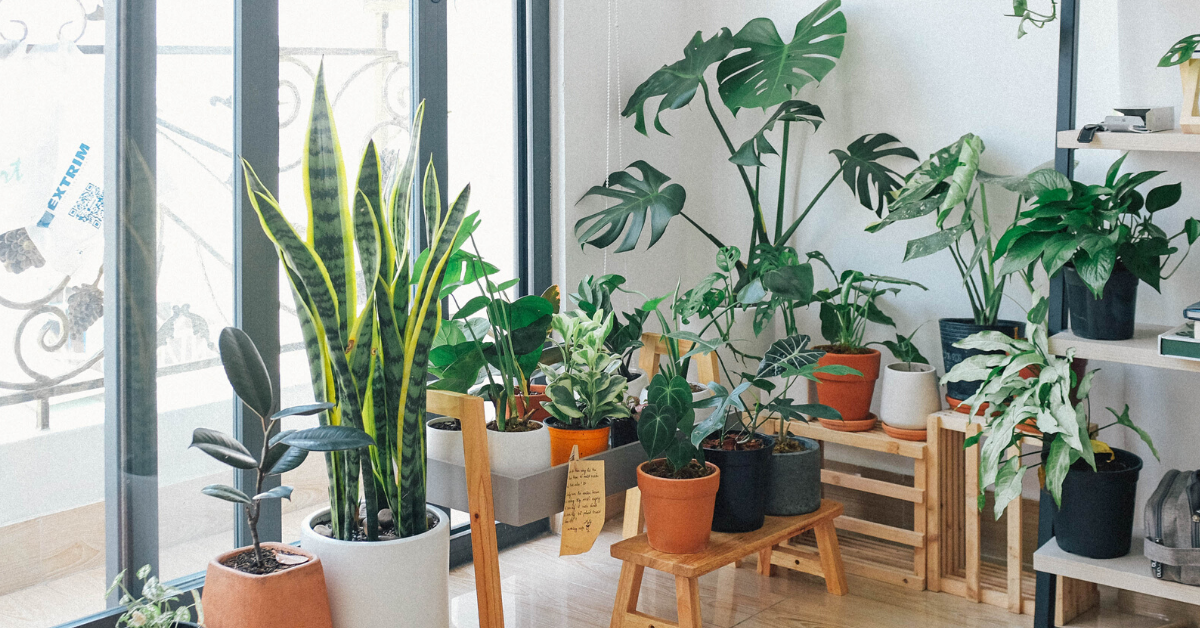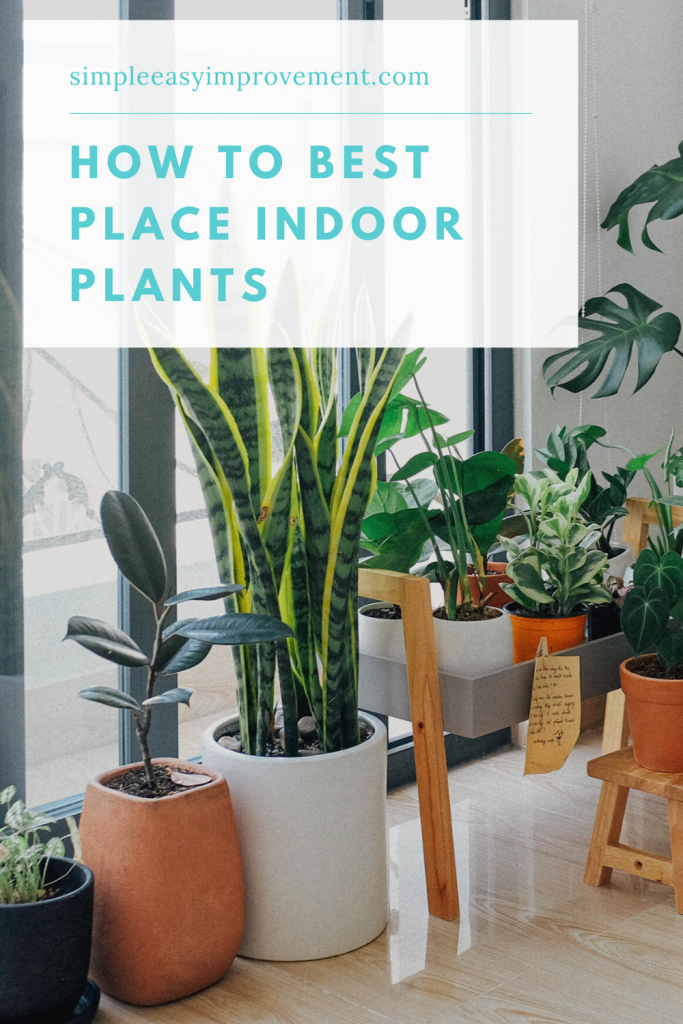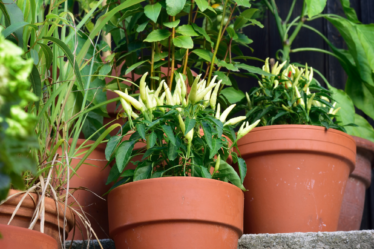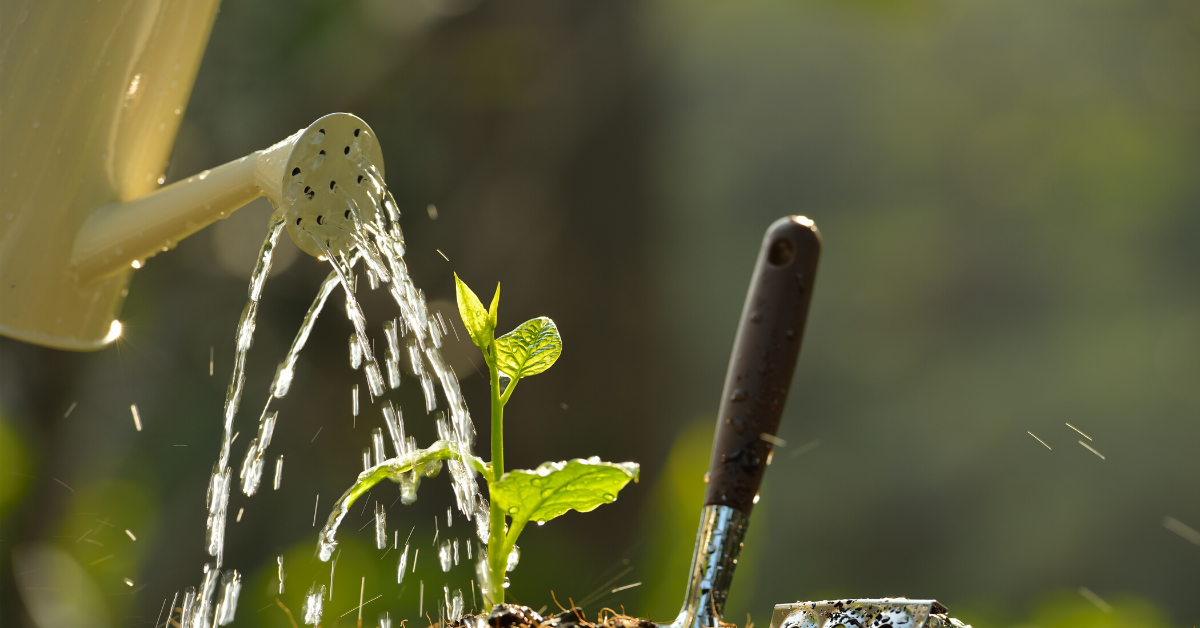
Nothing adds more uniqueness to your home than some strategically placed indoor plants throughout. Of all the expensive furniture, irreplaceable artwork and exotic décor pieces that you can keep in your home, a few simple plants will look the best. That’s the beauty of indoor plants: its simplicity and beauty can do more for your home than anything else. But to keep their beauty you need to properly take care of them, something you’ll definitely know at the end of this indoor plant placement guide.
House plants add beauty and grace in your home; some indoor plants can remove toxins from the air and make your home purer. Certain plants can actually improve your health and sharpen your focus. The placement of indoor plants is quite important in this regard. Where you place your house plants affect their well-being and growth to a large extent, as well as the harmony in your home.
There are a few rules for placing the different kinds of indoor plants around your home. Read on to know more about them.
- Look for the Proper Sunlight
Where you should place your indoor plants depends on where your home gets sunlight, and in what capacity. Sunlight is crucial for your plant’s health and will determine where you place which houseplant. Sunlight is something not many apartments get much of; only a few rooms and spaces in apartments get an adequate amount of sunlight all through the year, which is where your maximum houseplants should go.
However, not all indoor plants require sunlight every day. Some plants can thrive perfectly well with just a little amount of sunlight once or twice a week; you can place these plants anywhere around the house as long as you can manage to place them under the sun a few times every week.
East-, west- and south-facing windows get the maximum sunlight in every home. Most plants would be happy sitting along any of these windows if they get enough sunlight for a few hours every day. Some plants, on the other hand, thrive better in partial or full shade; keeping them in sunlight can cause the leaves to burn out. These plants need to be kept inside and away from sunlight most of the time. These plants are the perfect ones to be placed on tabletops and cabinets, and only need to be bought under sunlight once or twice a week.
Foliage and flowering plants don’t need a lot of sunlight, at least not every day. These plants should ideally be placed along with windows that get the mild morning sunlight, not the harsh midday sun. At the same time, plants that have thick and fleshy leaves should be placed in locations that don’t get a lot of sunlight, i.e. Jade, Zebra plant and Stonecrop plant.
- Size of Plants
The size of your plant should also dictate where you place them. Large and leafy plants best look in corner of your rooms, away from direct sunlight. These plants grow up quickly and can become large within a few weeks, and they are not easy to move. The leaves of these plants also happen to be large, i.e. the leaves of Philodendron and Dracaenas can be quite large; they can be used to fill up a room with very few furniture or artwork. They are better suited to large rooms than smaller rooms, where these plants can crowd the smaller rooms. For smaller rooms, smaller plants that have prominent leaves are more suitable, such as Anthurium or Aralia.
Smaller plants whose growth can be controlled by trimming or cutting are perfect for keeping on tabletops and on open shelves. Aloe Vera plants, baby rubber plants, air plants, spiky little cactuses, moss plants, and money tree plants are perfect for coffee tables, cabinet tops, and dining tables.
- The theme of your Home
Your house plants should also reflect the theme or the overall décor of your house. If you have a traditional home with Victorian décor, Rose or similarly classic flower plants can be perfect for your rooms. For a minimalistic home, cactuses are better; if your décor follows a whimsical style, you can plant a number of creepers that hang from your walls, i.e. spider plants, honeysuckle, and pyracantha.
For a bright look, you can add a sunflower plant in a corner of your living or dining room; bright yellow viola flower can grow in a small pot that you can keep in the middle of your dining table. If you have a spare balcony or a terrace, you can add a few Lavender plants to show off bright purple blooms. Lavender plants repel mosquitos and flies and will fill your home with a sweet fragrance.
- Level of Care
Not all plants require the same level of maintenance, care, and watering. While some plants require you to water them every day, others can survive with barely two waterings every week. The plants that stand on your tabletops or countertops should be the ones that don’t require too much attention or care. It helps if you don’t have to water these plants too much, or if they don’t need a lot of suns. It’s not an easy task if you have to carry these plants to get sunlight every day, so the indoor plants should be ones that don’t require a lot of sunlight.
ZZ plants, for example, are perfect tabletop plants. They can thrive in indirect sunlight, minimum watering and low light. Small Arabica coffee plants also prefer low sunlight, as do Red Aglaonema plants and Rubber plants. On the other hand, the Gardenia plant needs at least 6 to 8 hours of direct sunlight every day to survive and is perfect for terraces and balconies. You need to water these plants regularly and keep the soil moist, which is easier to do in large spaces.
- Space Available
If you have enough space in your room, preferably around the windows that get a lot of direct and indirect sunlight, you need something like the Norfolk Island Pine plant or the Yucca Plant. On the other hand, if you don’t have enough space on the floor, but have a large window or a wide window sill, you can place some cactus, succulents, umbrella plants and geraniums in colorful pots along with them. Plants put along window sills get both direct and indirect sunlight and make your rooms look brighter.
If you don’t have space on your window sills either, you can get special plants that can be hung from walls and ceilings. You can hang them anywhere – from the ceilings or from the walls, with a rope or inside a glass ball. Air plants can be kept inside glass balls and hung from ceilings, and they neither need soil nor water to live. Arrowhead plants can live in hanging pots in a corner of your room; Boston fern can both hang and grow down from suspended flower pots. Maiden ferns, too, can grow to resemble a small bush hanging from your walls or ceiling.
You need to buy plants depending on the space you have available in your home, the type of décor you have, the amount of care you can give your plants and the location you want to place your plants. Buying plants because you like them or because they look beautiful won’t guarantee proper placement in your home, and that’s not the ideal situation for your indoor plants.



